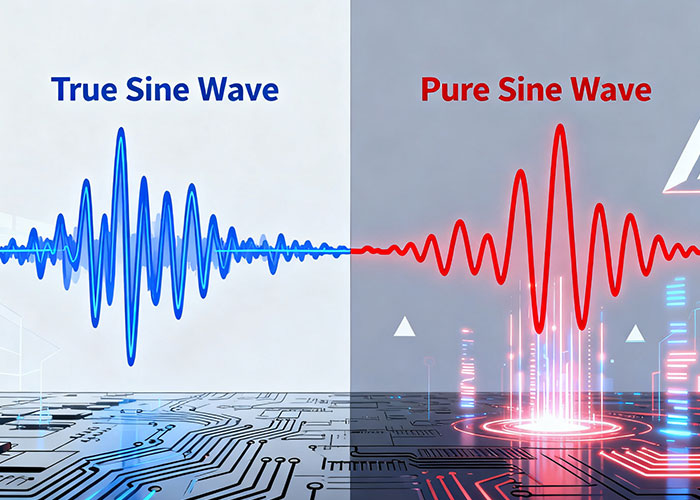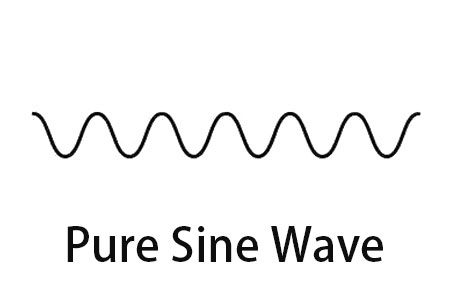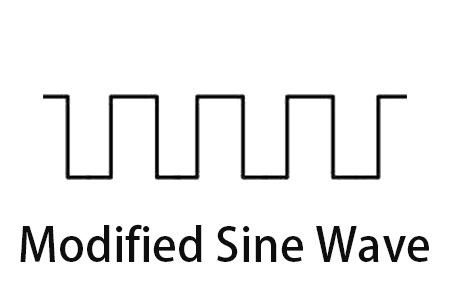Have you ever plugged a device into a backup power supply and noticed something off? Maybe your laptop charger hums softly, your mini-fridge makes odd clicking noises, or your phone screen flickers. Chances are, the issue lies in the type of "sine wave" the power source produces.
In the world of inverters and backup power, "True Sine Wave" and "Pure Sine Wave" are often tossed around like synonyms—but they’re not. Mixing them up can damage your devices, waste energy, or leave you with unreliable power. Let’s break down their key differences, so you can pick the right one for your needs.

To understand the difference, start with the basics. An ideal sine wave is a smooth, symmetrical curve—think of a gentle ocean wave—where voltage rises and falls at a steady, predictable rate. This is the "perfect" power that comes from most wall outlets (when the grid is stable).
The two terms we’re discussing are variations of this ideal:
Pure Sine Wave (PSW): The gold standard. It’s as close to the ideal sine wave as possible, with a total harmonic distortion (THD)—a measure of how much the waveform deviates from perfect—of less than 3%. Some high-end models hit 1% or lower, making them nearly identical to grid power.
True Sine Wave (TSW): A "practical" version for everyday use. Its THD ranges from 3% to 5%—enough to be called a "sine wave" (not a cheaper, rough "modified sine wave"), but with slight deviations from the ideal curve. It’s designed to balance performance and cost.
The biggest myth about these two is that one is "real" and the other isn’t. Both are valid, high-quality sine waves—they just serve different needs.
True Sine Wave is the practical choice for most homes, balancing cost and performance. Pure Sine Wave is the precision tool for gear that can’t tolerate imperfection.


True or pure sine wave inverters are not to be mistaken with modified sine wave inverters, which normally produce unrefined sine wave output that, when illustrated, look like stair steps, square patterns with small gaps in between the waves.
If you are looking for true or pure sine wave inverters, SUG has several models available, which you can browse at the bottom of this article.
Inverters convert direct current (DC) to alternating current (AC) resembling that of the grid’s or mains’ power supply, with minimised heat generation that results in reduced energy loss during the conversion process.
Inverters are commonly found in households with solar panel systems set up, and caravans and boats with battery installations.
The Pure Sine Wave Inverter's core advantages lie in high precision and strong adaptability.
1. Extremely low total harmonic distortion (THD <3%) and an output waveform close to that of the power grid ensure safe operation of sensitive precision equipment, such as medical devices, high-end audio systems, and 3D printers, preventing equipment errors or permanent damage.
2. Extremely stable power supply with minimal voltage and frequency fluctuations. Connecting multiple devices simultaneously eliminates lag, noise, or performance degradation.
3. Unlimited device compatibility, from standard household appliances to industrial control tools, extends equipment life and reduces energy loss.
SUG has been a professional inverter and lithium battery manufacturer for 10 years. We provide professional R&D: if you can think it, we can do it! If you have any questions or need technical advice, please Contact US and we will do our best to provide solutions.
GET A QUOTE
Talk to Our Expert